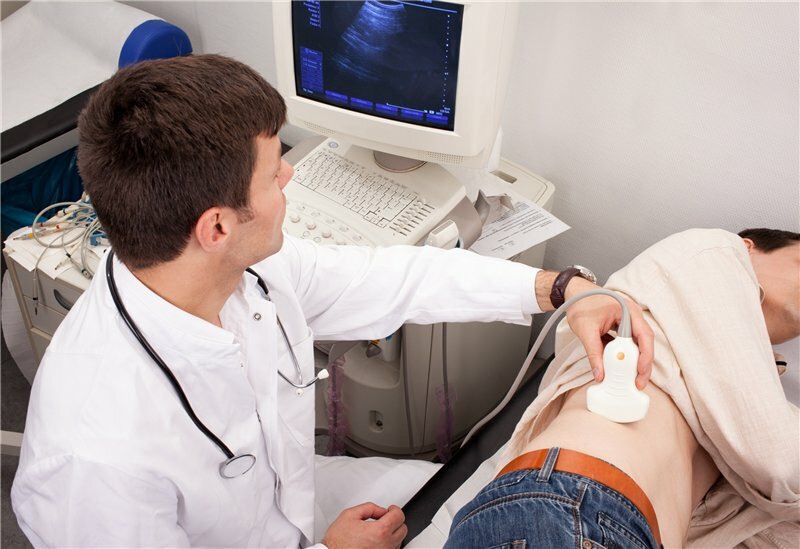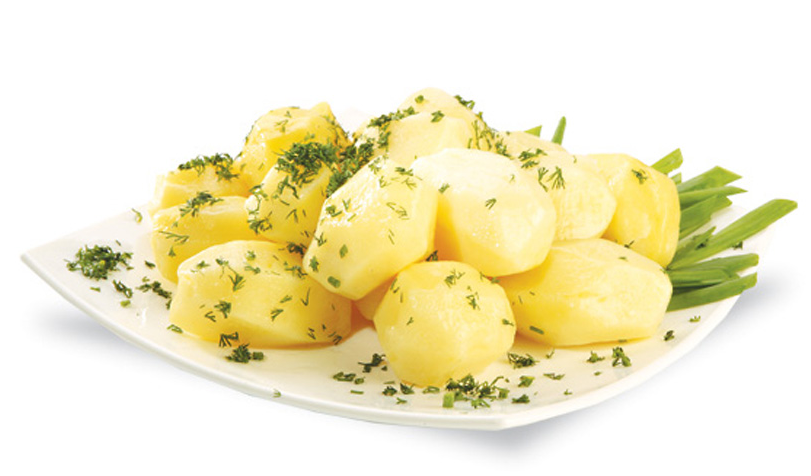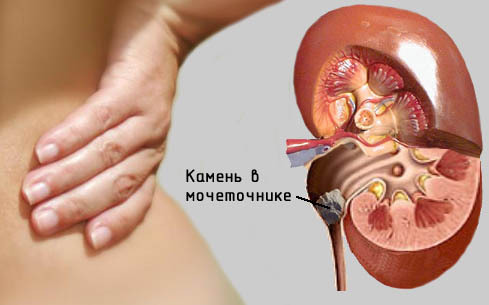Urinary kidney stones
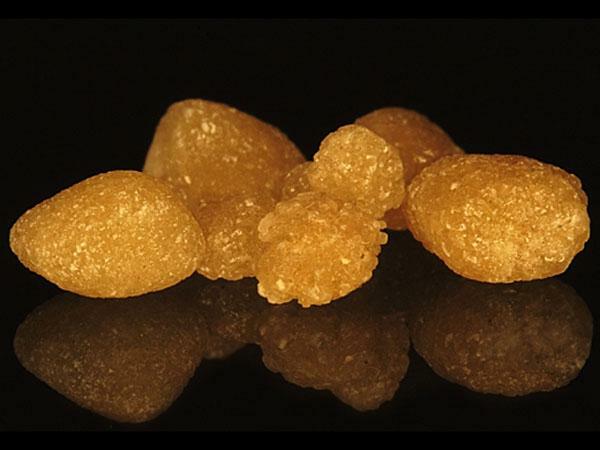 Currently, the incidence of urolithiasis( urolithiasis) among the population of our country according to medical statistics reaches 20-30%, which experts attribute to the deterioration of the quality of drinking water and the adverse environmental conditions in general.One of the significant exogenous factors is the excess of compounds of heavy metals( in particular - lead), the accumulation of which in the body inevitably leads to various violations of metabolic processes.
Currently, the incidence of urolithiasis( urolithiasis) among the population of our country according to medical statistics reaches 20-30%, which experts attribute to the deterioration of the quality of drinking water and the adverse environmental conditions in general.One of the significant exogenous factors is the excess of compounds of heavy metals( in particular - lead), the accumulation of which in the body inevitably leads to various violations of metabolic processes.
Reasons for the appearance of kidney stones
Urolithiasis often forms urate stones in the kidneys.The frequency of occurrence of concrements of this composition occupy the following place after the most common oxalate formations.Most often they are diagnosed in patients of young and mature age( from 20 to 50 years).In older people and children of childhood, deposits often appear in the bladder.In many cases, the first signs of the development of the disease is renal colic - intense pain.
Uranium stones are formed from salts of uric acid against the background of their increased concentration.To the direct causes of calculus formation is the low pH( acid reaction) of urine and the slowing of its formation.
Note : now it is possible to timely identify an increased likelihood of developing pathology by regularly determining the urine reaction an hour before meals through test strips.
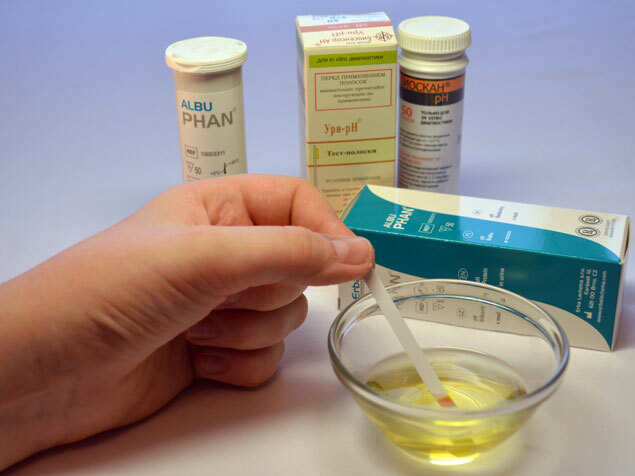 Compounds of uric acid( urate) are derivatives of the normal metabolism of protein compounds, so they are present in a certain amount in the body at all times, and it is not possible to completely get rid of them.Prevent the formation of urate stones and sand in the kidneys can, by eating foods that shift the pH of urine to the alkaline side.
Compounds of uric acid( urate) are derivatives of the normal metabolism of protein compounds, so they are present in a certain amount in the body at all times, and it is not possible to completely get rid of them.Prevent the formation of urate stones and sand in the kidneys can, by eating foods that shift the pH of urine to the alkaline side.
Important: Normally, urine has an alkaline reaction( 6.0-7.0).At a pH above 5.5( neutral), the probability of urate formation is low.
If urine production proceeds at an insufficient rate, then its concentration and the percentage of urate in it grows.As a result, the salts precipitate, gradually forming a dense formation.In such situations, the degree of urine acidification can be reduced by consuming a large amount of liquid( at least one and a half liters per day, and in hot weather - at least two).
Among the factors predisposing to the formation of urate deposits are:
- inactivity( sedentary lifestyle);
- fasting;
- use of some analgesics in dosages exceeding recommended;
- deficiency of B vitamins;
- irrational food( in particular - consumption of animal protein in large quantities).
Note : hypodynamia leads to disruption of various metabolic processes, in particular - the metabolism of phosphorus and calcium.
Specific features of urate stones in the kidneys
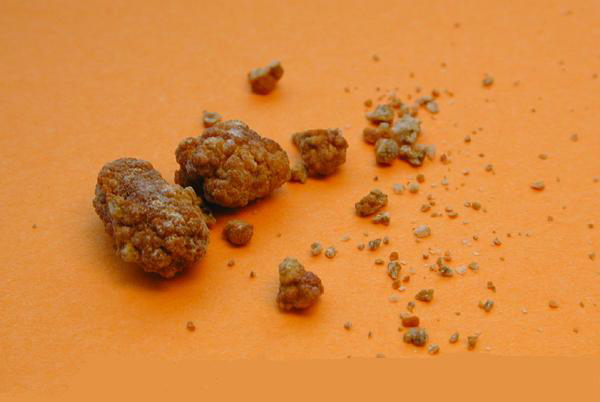 Urine deposits tend to have a round and smooth shape.The size of the stones can vary from 1-2 mm to several centimeters.The urate is characterized by a yellow-brown coloration and a rather loose texture.
Urine deposits tend to have a round and smooth shape.The size of the stones can vary from 1-2 mm to several centimeters.The urate is characterized by a yellow-brown coloration and a rather loose texture.
Clinical picture
Urinary stones can remain dormant for a long time.Symptomatic in most cases develops unexpectedly.
The patient develops renal colic with characteristic features:
- intense pain in the lumbar region( usually unilateral, from the side of the affected organ, but not excluded and "girdling");
- pain "gives" to the abdominal region( abdomen), bladder and genitals;
- pain syndrome is almost impossible to remove;
- the patient has a chill;
- changing posture does not bring relief;
- in some cases, there are dyspeptic disorders( nausea, vomiting).
Important: hyperthermia( increase in body temperature) against colic is highly likely to indicate an acute inflammatory process in the tissues of the kidney.
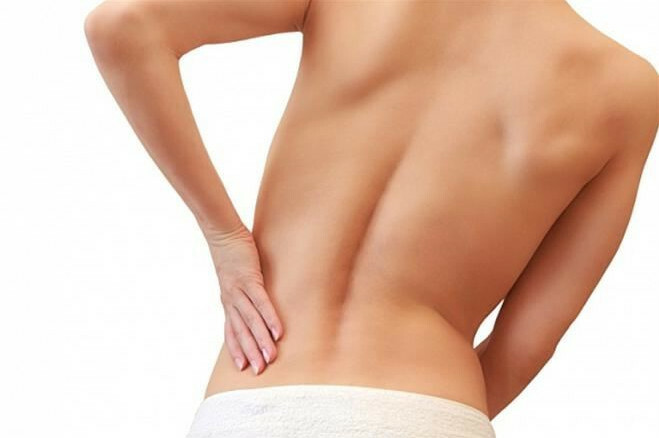
The cause of renal colic is the obstruction( blockage) of the urinary tract by a stone, which prevents the urine from escaping.
One possible symptom may be a macrohematuria, i.e. the presence of blood in the urine.
Possible complications
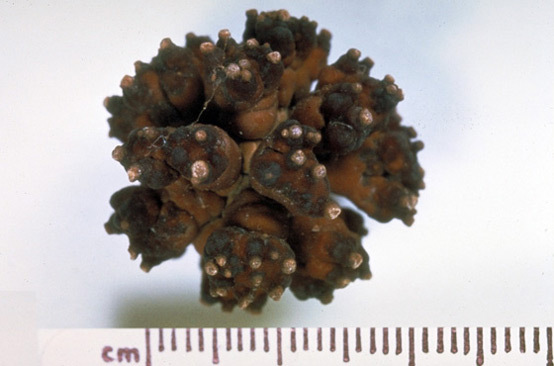 Progression of the pathological process can lead to the transformation of sediments in the so-called.Coral stones filling a significant volume of the kidney.
Progression of the pathological process can lead to the transformation of sediments in the so-called.Coral stones filling a significant volume of the kidney.
As a consequence, it is possible to develop an acute inflammatory process in the renal pelvis( pyelonephritis) and kidney failure.
Diagnosis
Urine stones are more commonly found in male patients.This is due to the fact that many men prefer meat products, while fruits, vegetables and dairy products consume relatively little.
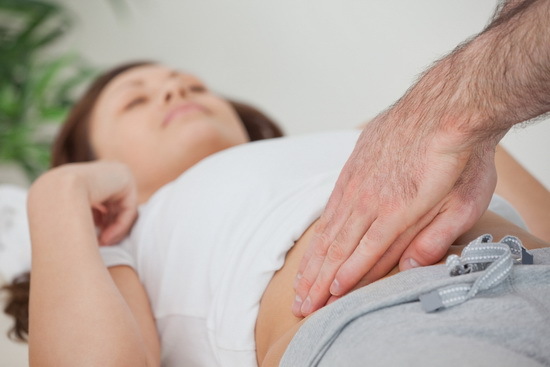 Excess uric acid not only leads to the formation of urates, but also causes gout( it develops when deposits of uric acid in the joint area are deposited).The incidence of gout is also higher among men.
Excess uric acid not only leads to the formation of urates, but also causes gout( it develops when deposits of uric acid in the joint area are deposited).The incidence of gout is also higher among men.
Note: in women is more likely to encounter severe forms of urate nephrolithiasis - coral formations of large size.
To determine the nature of the pathology, it is usually not enough data of anamnesis.
Diagnosis of urate stones includes:
- general blood test;
- a deep laboratory examination of the patient's urine;
- conducting survey and excretory urography;
- kidney ultrasound;
- spiral CT( computed tomography);
- MRI( magnetic resonance imaging);
- contrast fluoroscopy.
Note : a routine X-ray examination in most cases is not very informative.
In the diagnosis and subsequent choice of treatment tactics, it is necessary to take into account the presence of concomitant diseases, such as:
- ischemic heart disease;
- diabetes;
- obesity;
- hypertension;
- gout.
Treatment for kidney stones
Therapy for urate deposits differs from the treatment process for other types of stones.
General principles of conservative treatment
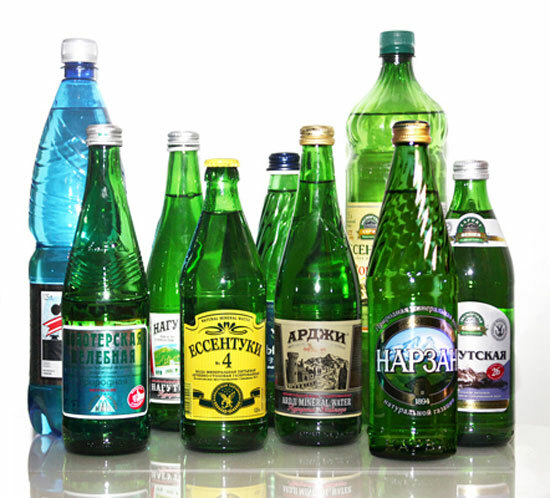 One of the specific features of urates is their relatively easy dissolution, so in most cases conservative measures can achieve a positive effect.
One of the specific features of urates is their relatively easy dissolution, so in most cases conservative measures can achieve a positive effect.
Dissolution of urate stones in the kidneys involves the consumption of large volumes of fluid in order to shift its pH to the alkaline side.In addition, the patient is shown a diet, in which the diet should include a large amount of dairy and plant foods( such products contribute to urine alkalinization).Alkaline mineral waters are shown.
Popular treatment of kidney stones
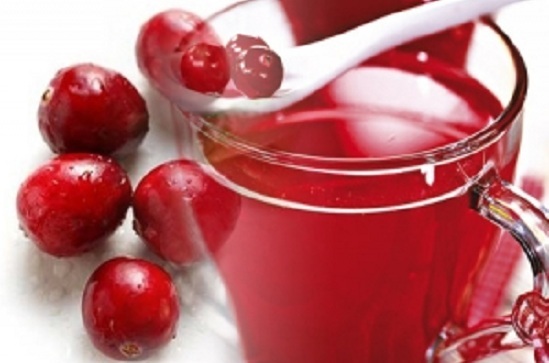
Traditional medicine recommends phytopreparations with a diuretic effect and infusions of herbs that have anti-inflammatory effect.
The diuretic herbs include, in particular, horsetail and bearberry.An effective diuretic is also a decoction of cranberry leaves.
Diet for kidney stones
Compliance with a special diet is considered as one of the main ways of dissolving urate stones in the kidneys and ureter.
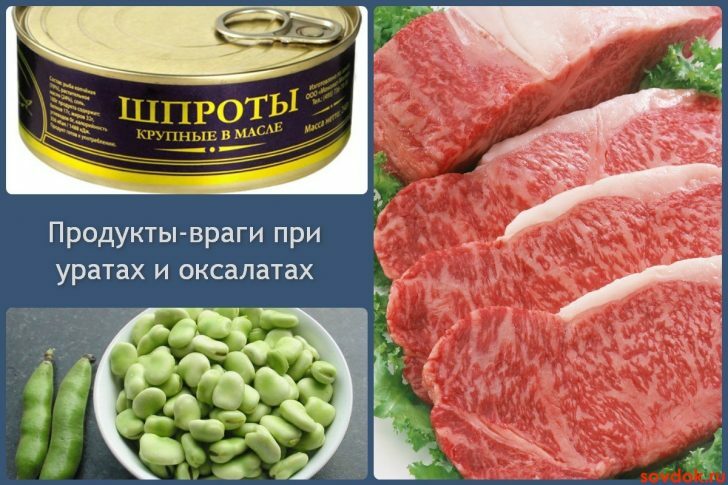
Foods and beverages that should be excluded from the diet:
- fatty pork and beef;
- animal products rich in purine bases( liver, kidney, veal);
- fish and meat broths;
- by-products;
- canned food;
- red wine;
- beer.
Products whose consumption is advisable to reduce:
- legumes( beans, peas, lentils);
- bakery products( especially - from higher grades of wheat);
- spinach;
- sorrel;
- onion;
- oatmeal;
- fish and seafood;
- spices;
- chocolate and cocoa;
- coffee;
- strong tea.
Important: patients are also advised to reduce intake of table salt.
Foods that must be included in the diet to remove urate stones from the kidneys:
- eggs;
- milk and sour-milk drinks;
- curd;
- cheese;
- pasta;
- nuts;
- any fruit;
- seeds;
- wheat and buckwheat groats;
- products rich in ascorbic acid( lemon, dog rose, etc.);
- watermelons.
Note: for treatment and prevention shows fractional food, assuming food intake in small portions 5-6 times a day.
Treatment of urate stones in the kidneys with
 Acute symptoms can reduce antispasmodics and anti-inflammatory drugs.Spasmolytic drugs relax the smooth muscles of the urinary tract, one hundred contributes to reducing duct obturation and accelerating the excretion of stones and sand naturally.
Acute symptoms can reduce antispasmodics and anti-inflammatory drugs.Spasmolytic drugs relax the smooth muscles of the urinary tract, one hundred contributes to reducing duct obturation and accelerating the excretion of stones and sand naturally.
If violations of purine metabolism are detected, drugs from the group of uricostatics( Allopurinol) are prescribed.The presence of high concentrations of urate and oxalate in urine is an indication for the use of magnesium oxide, and if there is a high content of calcium salts, then prescribed Hypothiazide( standard dosage).
Patients are shown receiving so-called."Citrate mixtures" for urine alkalinization and maintaining its pH in the range from 6.2 to 6.8.
Surgical treatment
 For the removal of stones from the kidneys, surgery can be a forced measure, which is used in 3-5% of cases.Surgical intervention is necessary if there are large coral formations.The fragmentation of kidney stones with ultrasound and laser( lithotripsy) is also used comparatively rarely.
For the removal of stones from the kidneys, surgery can be a forced measure, which is used in 3-5% of cases.Surgical intervention is necessary if there are large coral formations.The fragmentation of kidney stones with ultrasound and laser( lithotripsy) is also used comparatively rarely.
With urate kidney stones, the size of which does not exceed 2.5 cm, minimally invasive remote lithotripsy is used successfully, which allows destroying the calculus.
Prevention
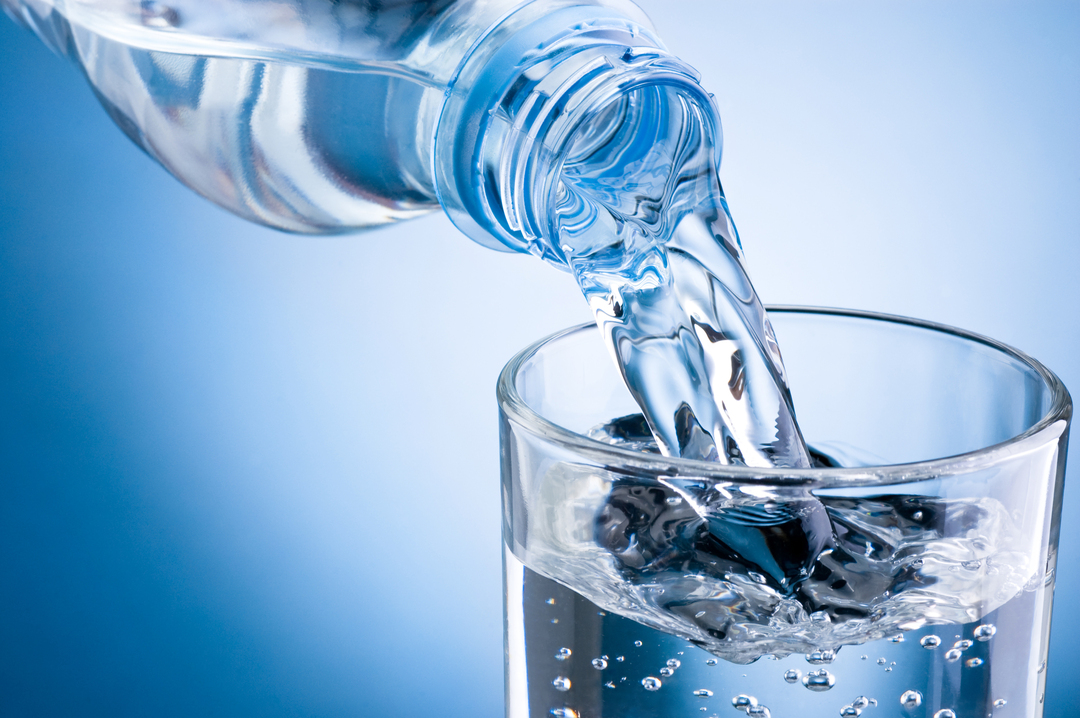 Little to know how to remove stones from the kidneys;It is necessary to imagine yourself well how to prevent a relapse of the disease.Repeated formation of urate stones allows to prevent drinking regime.For a normal course of metabolic processes, an adult a day should drink at least one and a half liters of liquid( preferably pure water).However, in order to accelerate the removal of toxic metabolic products, that is, to purify the body of toxins, about two and a half liters are needed.
Little to know how to remove stones from the kidneys;It is necessary to imagine yourself well how to prevent a relapse of the disease.Repeated formation of urate stones allows to prevent drinking regime.For a normal course of metabolic processes, an adult a day should drink at least one and a half liters of liquid( preferably pure water).However, in order to accelerate the removal of toxic metabolic products, that is, to purify the body of toxins, about two and a half liters are needed.
Note : a lot of liquids can be drunk and needed, unless there is diagnosed kidney failure( acute or chronic form), propensity to develop swelling and cardiovascular problems.
In the hot season it is better to "flush the body" in relatively cool morning and evening hours.In this case, most of the fluid will be excreted through the urinary system, not the sweat glands.
In addition, it is advisable to reduce the consumption of fatty, spicy, roasted and salted.Sharp products are also recommended to be avoided.Preference should be given to beverages with alkaline reaction( mineral water), and the consumption of soda, which includes, for example, orthophosphoric acid( Coca-Cola, etc.) should be minimized.
Konev Alexander, the therapist

